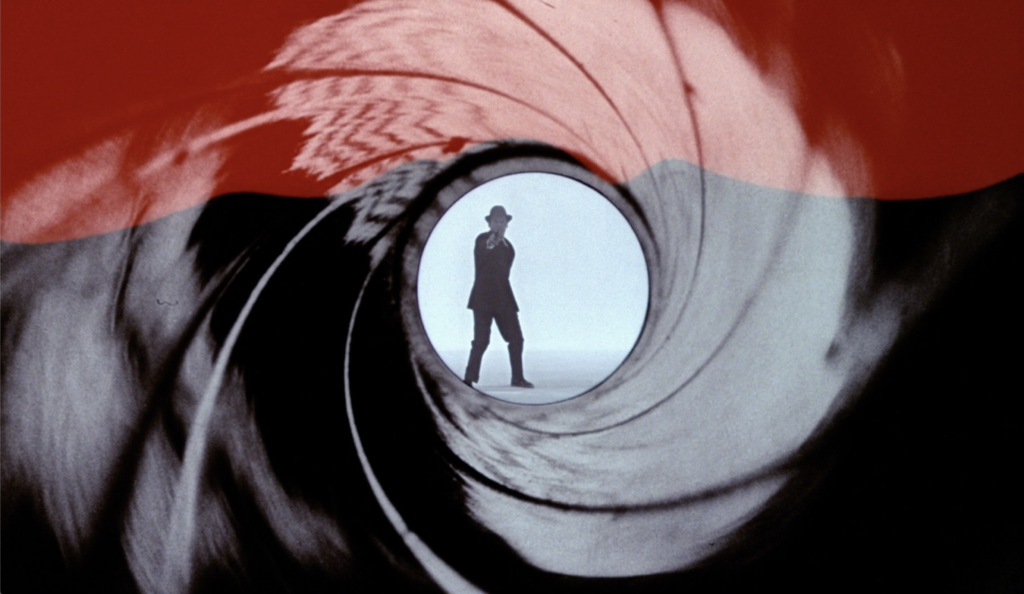
We recently heard that the entire Bond series is headed to Amazon Prime (at least in some territories), which is a great excuse to finally dust off an exercise that had been nagging at me since No Time to Die: re-ranking the series.
Continue reading
We recently heard that the entire Bond series is headed to Amazon Prime (at least in some territories), which is a great excuse to finally dust off an exercise that had been nagging at me since No Time to Die: re-ranking the series.
Continue reading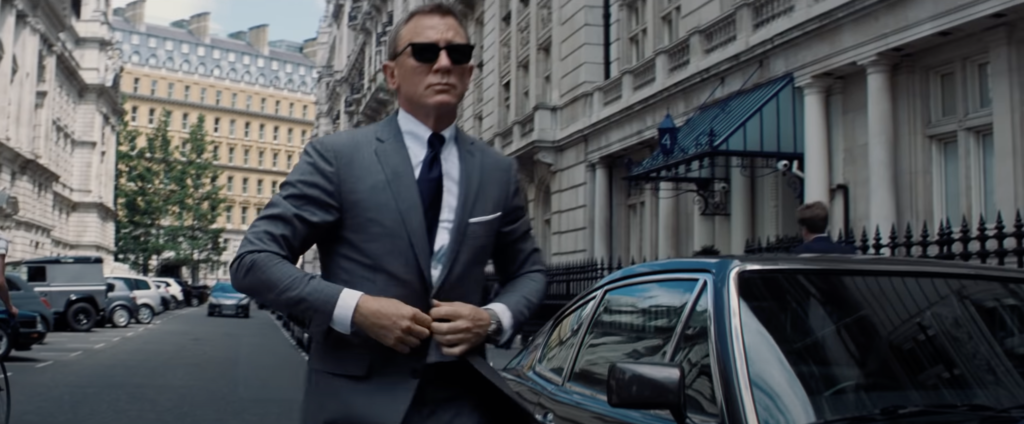
No Time to Die (Cary Joji Fukunaga, 2021)
(This review has very big spoilers for No Time to Die.)
No Time to Die is the 25th in the “official” Bond series started with Dr No in 1962; it is also the final in the Daniel Craig sequence that started in 2004 with Casino Royale. Because Casino Royale explicitly showed us Bond’s first mission, the Craig films established a distinct timeline from the rest of the series, which otherwise always had a loose, ambivalent approach to continuity. (Before this, it was kinda-sorta the same character and universe from film-to-film, even though that involved a stretchy approach to time and some blatant contradictions.) No Time to Die explicitly closes out this separate Craigverse; but it is in dialogue with the entirety of the series. While the film finishes with the customary “James Bond Will Return” subtitle, it would serve as an excellent capper to the venerable franchise. This is, in many senses at once, the ultimate Bond film.
Continue reading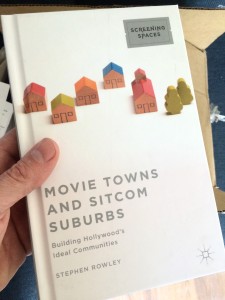 In an exciting moment my book has been properly published – the photo at right is the unboxing of my author copies. I’m very happy with the final result; now comes the challenge of getting so e people to read it!
In an exciting moment my book has been properly published – the photo at right is the unboxing of my author copies. I’m very happy with the final result; now comes the challenge of getting so e people to read it!
The publisher’s page is here and includes links to various e-book options as well as the hard copy. The Amazon page is here and they have a kindle edition. I can confirm that the pictures come up really well on the kindle. It is in the Google Play store here.
The following is a very kind endorsement from Jim Collins, Prfoessor of Film and television at the of the University of Notre Dame:
Movie Towns and Sitcom Suburbs should be required reading for anyone who wants to explore the relationship between visual culture and urban theory in a rigorous manner. Rowley’s analysis of Disney’s envisioning of the ideal community – from animated entertainment to theme parks to planned communities – is distinguished by meticulous close readings and his theoretical sophistication. He moves so deftly across media because he constructs such elegant paradigms for comparative analysis. This is simply a benchmark work.
There is a more detailed page about the book, including a chapter-by-chapter outline, at www.sterow.com/movietowns.
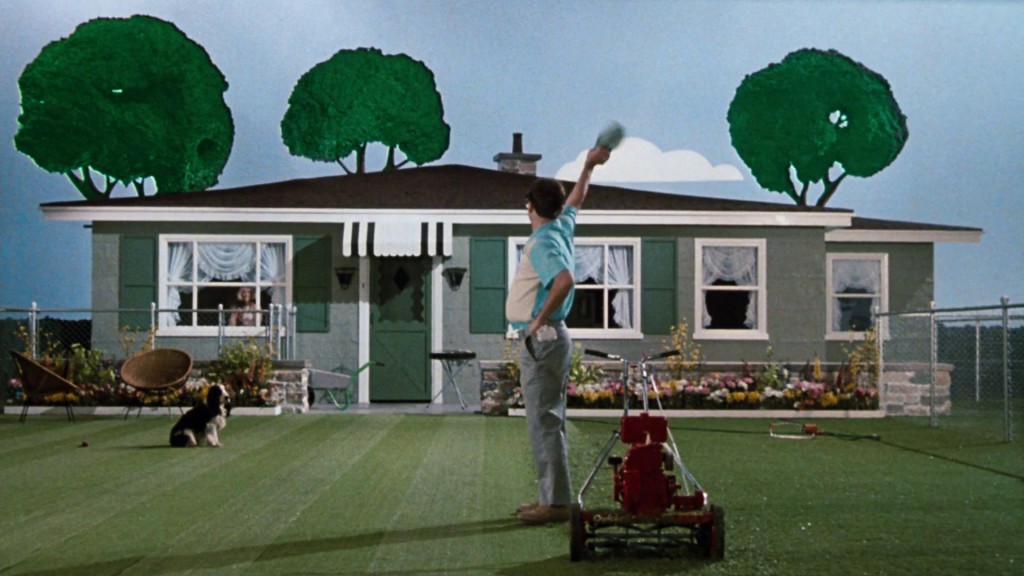
As I mentioned here last year, I have a book coming out later this year looking at media depictions of cities and towns, and how these influence urban planning practice, called Movie Towns and Sitcom Suburbs: Building Hollywood’s Ideal Communities. I’m currently reviewing the publisher’s copy-edit, and things are on track for the planned release in October. What’s more, there’s now cover art and the book is available for pre-order on Amazon. So it’s all starting to feel pretty real. It therefore seemed like a good moment to add some details of what the book involves on this page. You can see those details (including the cover and a detailed outline) by visiting www.sterow.com/movietowns.
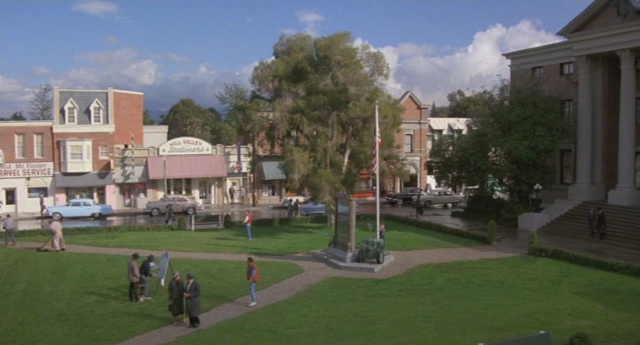
I am speaking tonight at a PIA pre-congress event, and this post should appear by the magic of WordPress as I’m speaking. I thought it may be worth providing links to a few of the pieces of writing that explore things I touch on in my presentation.

I am talking tonight at Loop, and this post should appear by the magic of WordPress as I’m speaking. I thought it may be worth providing links to a few of the pieces of writing that explore things I touch on in my presentation.
For anyone who is interested in hearing more about my PhD research, I will be discussing it at Loop Bar in Meyers Place, Melbourne, on 25 July. Details about how to book at this link, although oddly it doesn’t mention the price ($20 for PIA or WPN members, $25 otherwise). (Update: here’s a proper flyer).
The write up of my talk is as follows:
How do the media’s depictions of cities and towns inform the way in which we would like to live? And what happens if we try to build the media ideal?
In the 1940s Hollywood movies such as It’s a Wonderful Life depicted the ideal small town; in the 1950s TV shows such as Leave it to Beaver and Father Knows Best painted a similarly idyllic picture of suburban life. Such imagery helped to market the new postwar era of suburban prosperity; but they were also a source of discontent as people grappled with the reality of dispersed, centreless, car-oriented suburbs and found them wanting compared to media imagery. Are Hollywood’s fictitious communities an impossible fantasy? Or are they a cultural memory of aspects of community that we left behind in the postwar era?
This presentation will trace the evolution of such images of community in post-war Hollywood films and television, and look at attempts by planners and developers to build places that live up to that imagery. It will draw on fictional examples from the 1940s through to more recent productions such as the The Truman Show, Pleasantville and Mad Men, as well as a photographic tour through built environments such as studio backlots, the New Urbanist town of Seaside, and the Disney-built town of Celebration.
It will be a multimedia extravaganza, so come along. The booking link again: here.
World War Z (Marc Forster, 2013)
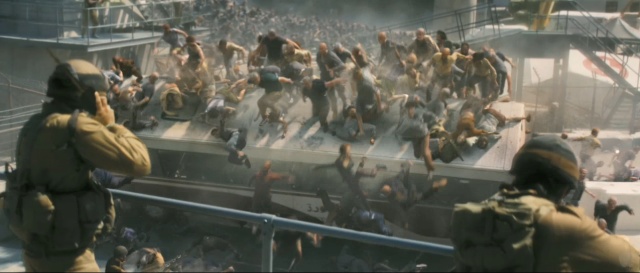
Max Brooks’ novel World War Z is a faux-documentary account of a zombie apocalypse, comprising a series of first-person accounts from around the globe as the undead take over. It essentially tries to game out the zombie apocalypse: if such an outbreak really occurred, using the rules we saw in George Romero’s classics, how it would actually play out? Could humans survive? And if so, how?
It’s an intriguing book, and its single-mindedness in thinking through its scenario to logical conclusions has justly made it a classic of the zombie niche. Yet it presents some obvious problems as a basis for a film narrative, and especially a big summer blockbuster. It lacks a central protagonist (the witness accounts are told to a central investigator character, but he’s essentially a passive, off-screen narrator). Its events take place over a decade, and in disparate locations. And it involves such massive, large-scale carnage that it presents budgetary problems for any adaptation. At the same time, those things that make it challenging to adapt are also much the same things that offer a point of difference from the glut of other zombie properties on the market (the 28 Days films, Romero’s Dead films, the Zack Snyder Dawn of the Dead, Shaun of the Dead, Zombieland, TV’s Walking Dead, and all the rest).
Life of Pi (Ang Lee, 2012)
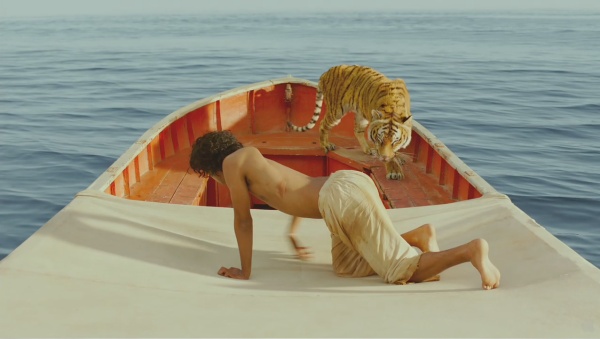
Ang Lee’s Life of Pi is one of the most visually beautiful movies I have seen. So was his Brokeback Mountain. But here’s the thing: the two films are beautiful in totally different ways. Lee is such a strong and versatile director that he seemingly reinvents himself for each movie; you could love every one of his movies but still not consider him as your favourite director, because he’s like a different one each time.